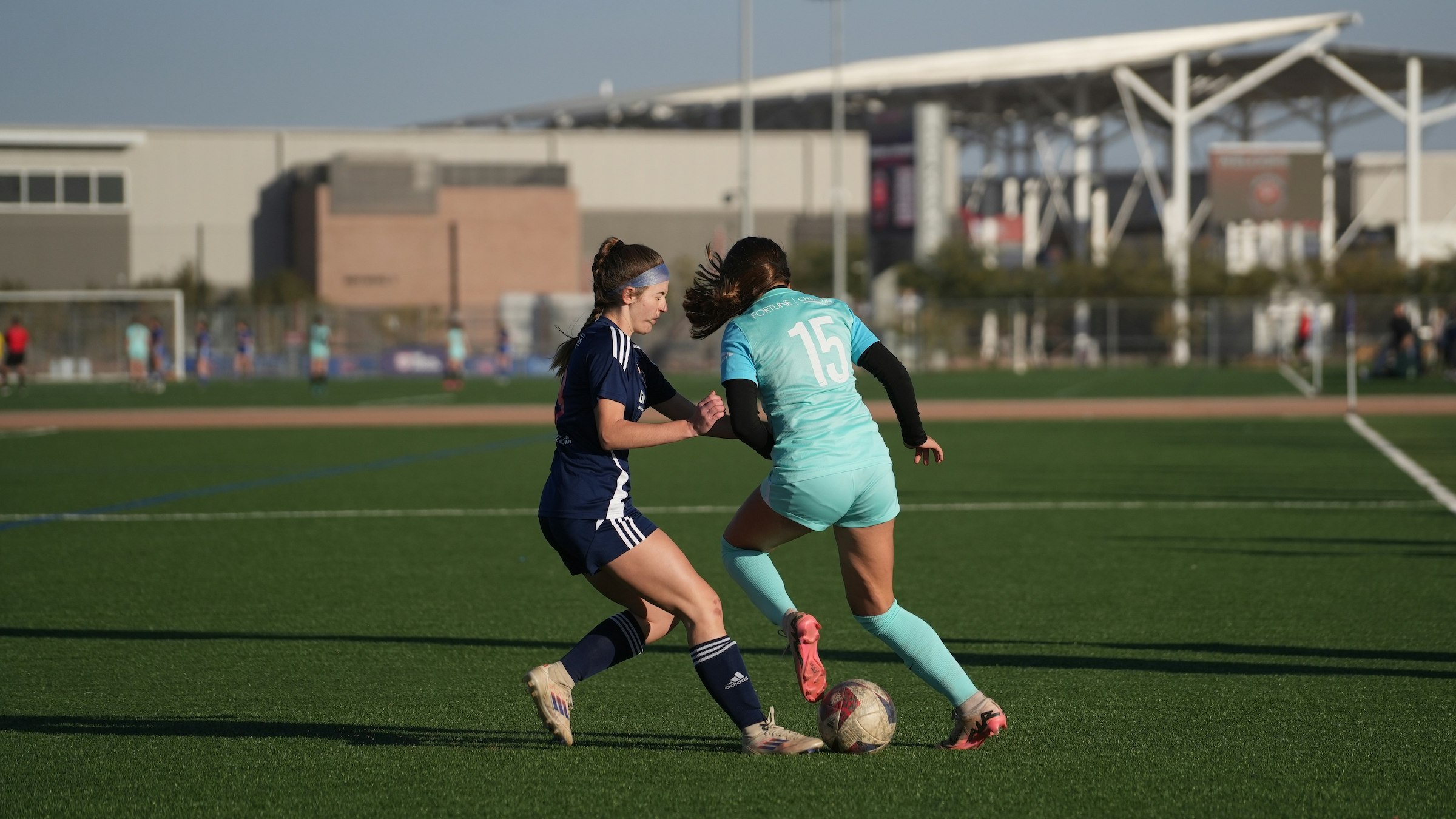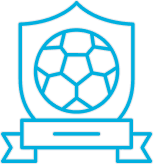Perhaps the question I am asked most frequently by soccer parents is, “How do we make sense of the Elite player pathway so we can make good decisions for our child?”
I wish there were a clear and definite answer that I could provide but sadly there is not. I believe that the following criteria power a player’s developmental journey in soccer:
- The attitude and desire of the player towards competing and playing the game.
- The beliefs and attitude of the parents in supporting a young player who loves the game.
- The knowledge, experience and teaching ability of the coach.
- The commitment and quality of the players in the squad.
- Quality, playing style and competitive nature of the local leagues.
- The quality of the training and playing environment that the club can provide.
Unfortunately, finding a clear picture in many of the above is not simple. Many of the points presented are problematic and need careful consideration.
1. The attitude and desire of the player towards competing and playing the game: Players with a great attitude and able to compete at a high level are quickly presented with multiple playing opportunities, school ball, elite team invites, ODP, Premier this and Elite that. The phone never stops ringing and frequently the soccer diet becomes madness. They overplay, overtrain and get exhausted. The idea of rest is obsolete. Different coaches with different language and teaching styles are simply detrimental.
2. The beliefs and attitude of the parents in supporting a young player who loves the game: Parents driven by the lure of more is better and if we don’t do that program, we will fall behind, and commit to way too many programs. The player never gets a rest, and the fun of the game starts to evaporate. The idea of rest and recovery is shunned as parents look for more and more activity.
3. The knowledge, experience and teaching ability of the coach: Finding a highly-licensed quality coach with vast knowledge of the game, and experience with elite-level players, is a real challenge. Many parents are not qualified enough to evaluate a high-level training session.
4. The commitment and quality of the players in the squad: Finding a group of players with a similar commitment and love of the game can be a real challenge. The multi-sport experience of years gone by is now a real challenge as many sports demand a year-round commitment. Parents keen to not lose out place their kids in soccer, basketball, lacrosse, baseball and softball, and quite simply, the child suffers. The idea of a sensible physical diet is never discussed, and kids get dragged to two or three sports experiences each night. We must begin to understand the idea that kids need rest.
5. Quality, playing style and competitive nature of the local leagues: This is where things get problematic. So many leagues with so many teams that finding a truly competitive league with close games is a real issue. Each of the leagues with an Elite sounding title and many involve spending more time on the road than the games last. More than 18 National Champion Leagues. So many elite level platforms that mean our best players seldom get to play or train with each other.
6. The quality of the training and playing environment that the club can provide: Very few clubs have access to enough training space, different types of fields with lights, indoor training space, meeting space etc. that it is possible to create good training environments for players to work in.








